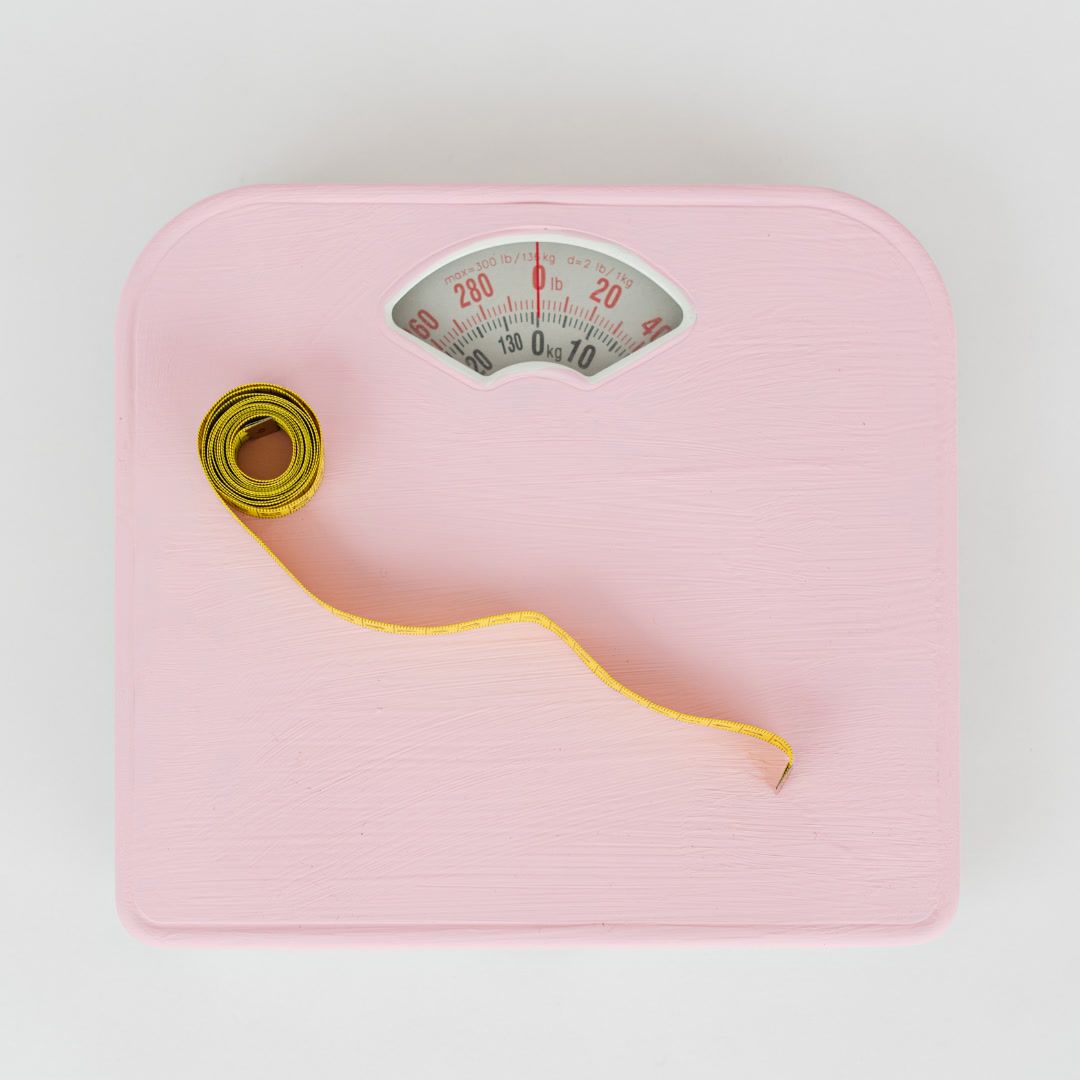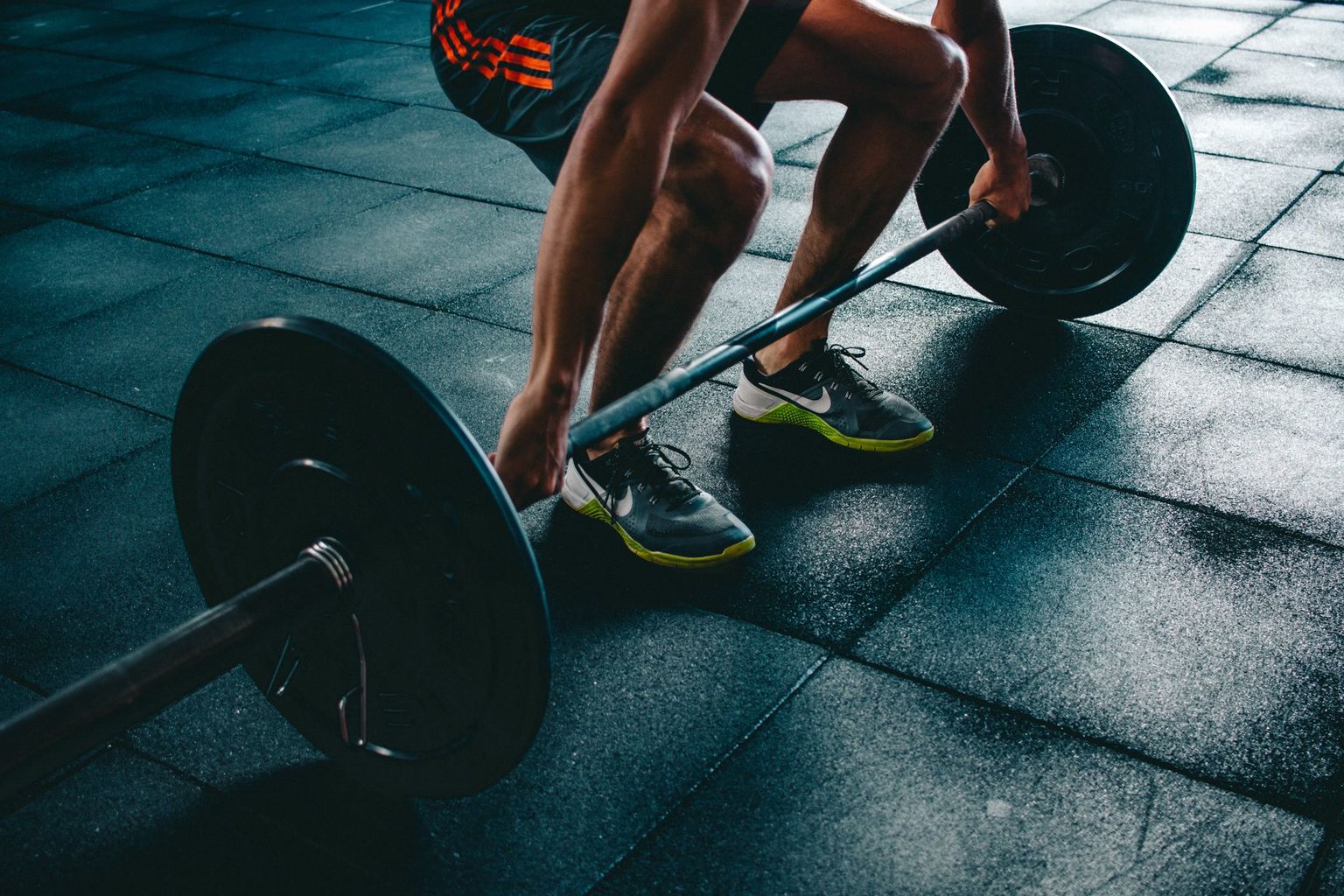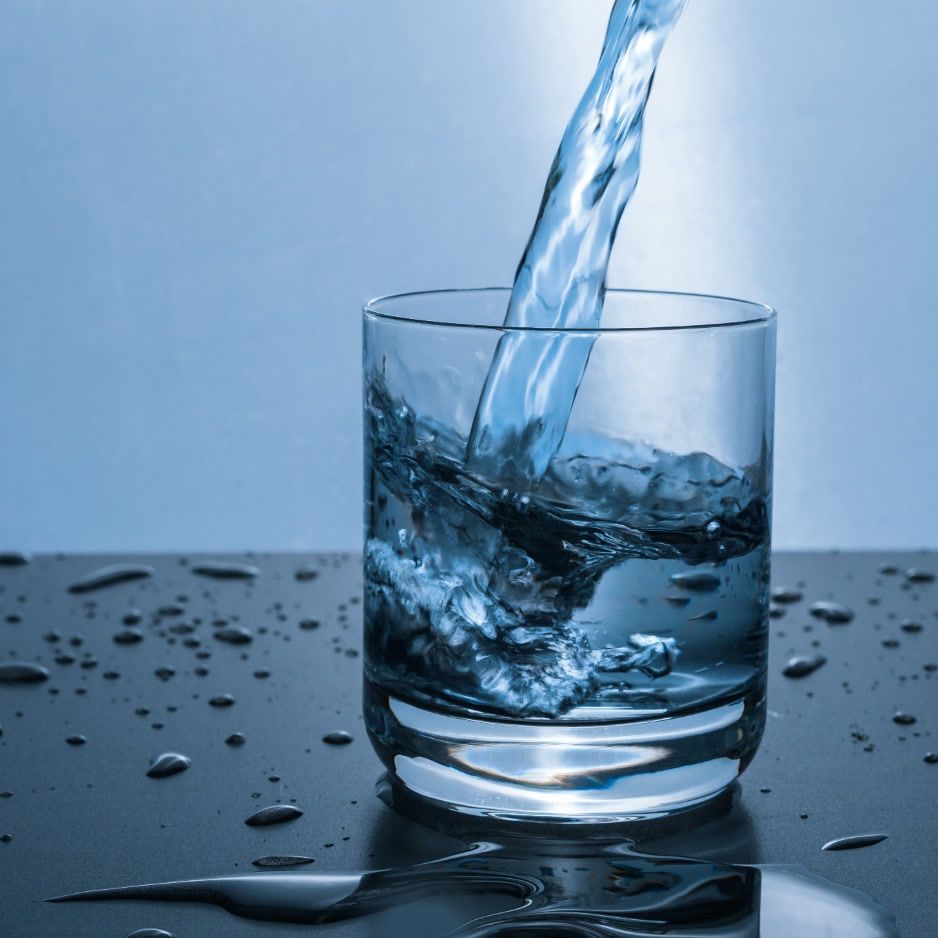What Is VO₂ Max and How to Improve It
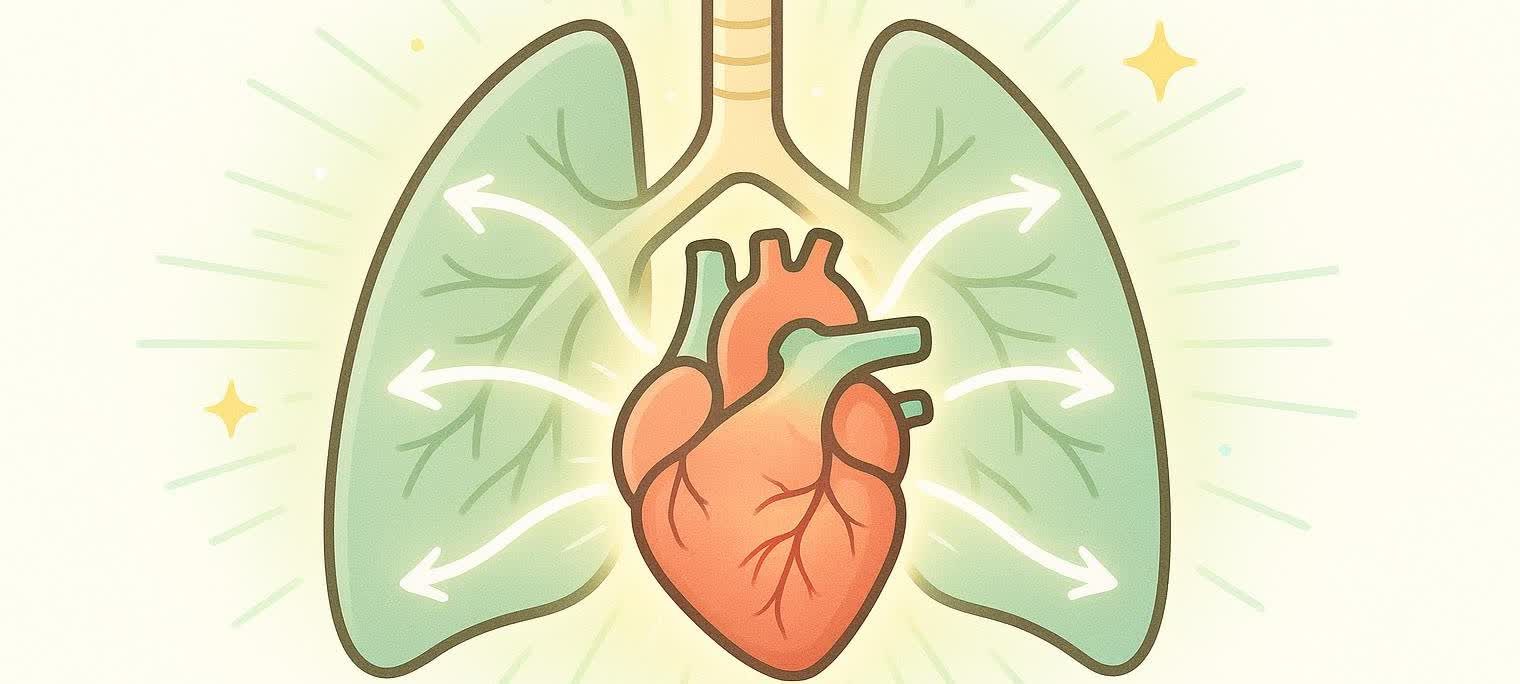
What Is VO₂ Max and How Can You Improve It: The Complete 2025 Guide
Your VO₂ max isn't just another fitness metric—it's one of the most powerful predictors of how long and how well you'll live. VO₂ max measures your body's maximum ability to absorb and use oxygen during exercise, and research consistently shows it's one of the strongest indicators of cardiovascular health and mortality risk, with higher levels associated with significantly longer lifespans.
While fitness trackers have made this once-obscure laboratory measurement mainstream, many people still don't fully understand what VO₂ max actually measures or why it matters so much for their health.
This comprehensive guide will explain everything you need to know about VO₂ max, from the basic science behind it to practical strategies for improvement. Whether you're a data-driven athlete tracking performance metrics or someone who just wants to live a healthier, longer life, understanding your VO₂ max is crucial.
What Is VO₂ Max? The Science Made Simple
VO₂ max, or maximal oxygen uptake, measures the maximum amount of oxygen your body can absorb and use during exercise. It's expressed in milliliters of oxygen consumed per minute per kilogram of body weight (ml/kg/min).
Think of VO₂ max as your body's "aerobic horsepower"—the maximum capacity of your cardiovascular engine. Just as a DEXA scan reveals your body's composition in precise detail, a VO₂ max test shows how efficiently your heart, lungs, and muscles work together to deliver and use oxygen.
The Oxygen Delivery Chain
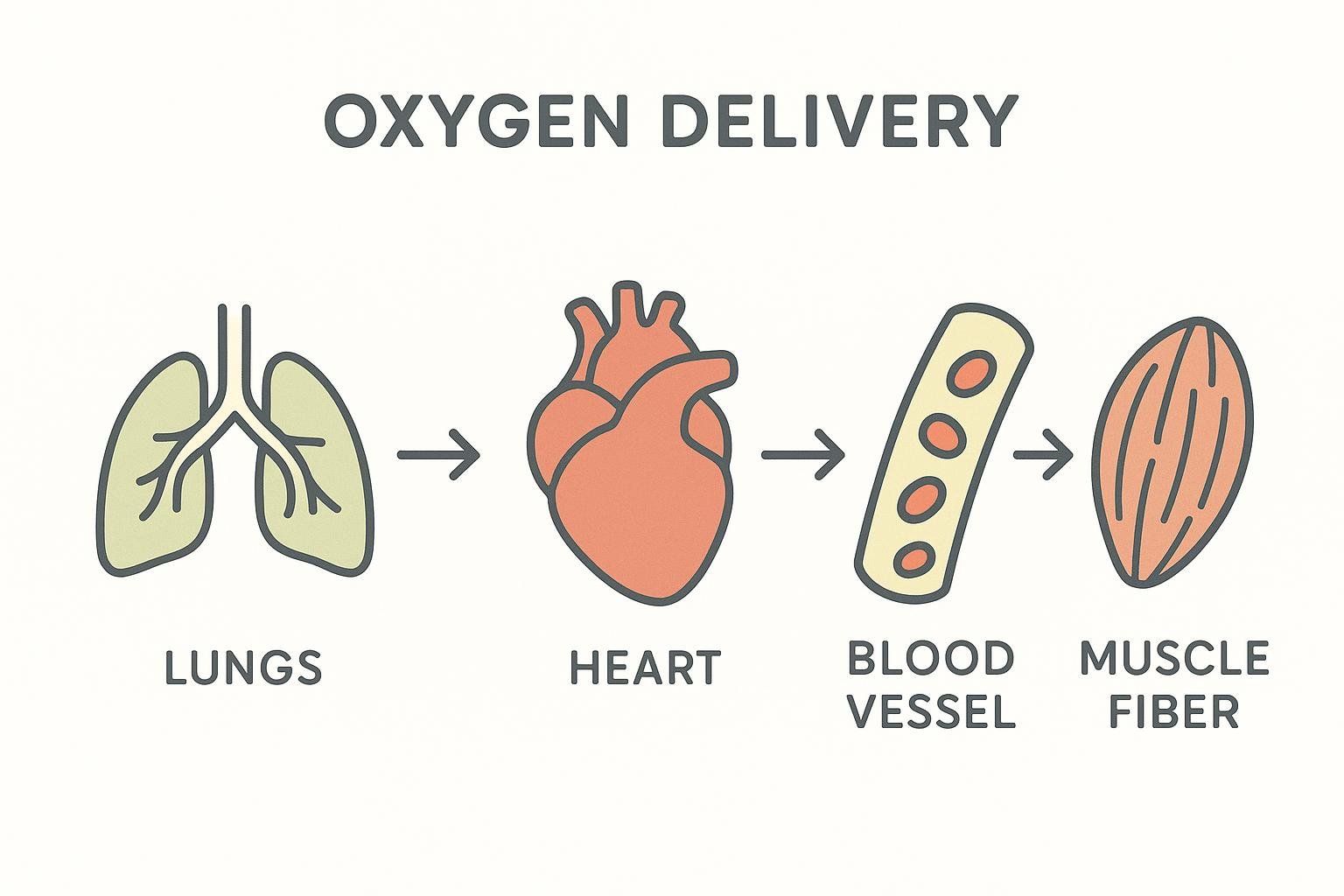
When you exercise, your body needs oxygen to produce ATP (adenosine triphosphate)—the energy currency that powers muscle contractions. VO₂ max reflects the efficiency of this entire oxygen delivery system:
- Lungs: Extract oxygen from the air into your bloodstream
- Heart: Pumps oxygenated blood to working muscles
- Blood vessels: Transport oxygen via red blood cells
- Muscles: Use oxygen in mitochondria to produce energy
According to Harvard Health Publishing, while lungs rarely limit performance in healthy individuals, the heart's ability to pump blood (stroke volume) and muscles' capacity to extract and use oxygen typically determine your VO₂ max ceiling.
Why VO₂ Max Matters: The Longevity Connection
A Powerful Predictor of Lifespan
Research consistently shows that VO₂ max is one of the strongest predictors of mortality risk. A landmark study published in JAMA found that each 1-MET increase in aerobic fitness (approximately 3.5 ml/kg/min) correlates with a 13% reduction in all-cause mortality risk.
The Copenhagen Male Study, which followed 5,107 men for 46 years, found that men in the highest cardiorespiratory fitness category had approximately 5 years longer life expectancy compared to those in the lowest category, even after adjusting for confounding factors.
Mortality Risk by Fitness Level
A comprehensive study of 122,000 patients published in JAMA Network Open revealed dramatic differences in mortality risk based on VO₂ max levels, with elite performers experiencing an 80% reduction in mortality risk compared to the lowest fitness group.
This Cleveland Clinic research found that cardiorespiratory fitness represents one of the most powerful modifiable risk factors for longevity.
Health Benefits Beyond Longevity
Higher VO₂ max is associated with multiple health benefits, according to a comprehensive overview of meta-analyses examining cardiorespiratory fitness and health outcomes:
- Reduced cardiovascular disease risk
- Lower rates of type 2 diabetes
- Decreased cancer mortality
- Better cognitive function with aging
- Improved quality of life and daily functioning
VO₂ Max Norms and Benchmarks: Where Do You Stand?
Understanding where your VO₂ max falls relative to population norms helps set realistic goals and track progress.
Age-Adjusted VO₂ Max Norms (ml/kg/min)
| Age Group | Gender | Poor | Fair | Good | Excellent | Superior |
|---|---|---|---|---|---|---|
| 20-29 | Men | <32 | 32-37 | 38-43 | 44-52 | >52 |
| 20-29 | Women | <27 | 27-31 | 32-36 | 37-41 | >41 |
| 30-39 | Men | <31 | 31-35 | 36-41 | 42-49 | >49 |
| 30-39 | Women | <26 | 26-30 | 31-35 | 36-40 | >40 |
| 40-49 | Men | <30 | 30-33 | 34-38 | 39-45 | >45 |
| 40-49 | Women | <25 | 25-28 | 29-32 | 33-36 | >36 |
| 50-59 | Men | <26 | 26-30 | 31-35 | 36-40 | >40 |
| 50-59 | Women | <21 | 21-24 | 25-28 | 29-32 | >32 |
| 60-69 | Men | <25 | 25-28 | 29-32 | 33-36 | >36 |
| 60-69 | Women | <18 | 18-21 | 22-25 | 26-29 | >29 |
| 70+ | Men | <21 | 21-24 | 25-28 | 29-32 | >32 |
| 70+ | Women | <17 | 17-19 | 20-22 | 23-25 | >25 |
Source: American College of Sports Medicine Guidelines for Exercise Testing & Prescription, 11th edition
Sport-Specific Benchmarks
Elite endurance athletes achieve remarkably high VO₂ max values, particularly in sports requiring full-body engagement:
| Sport | Men (ml/kg/min) | Women (ml/kg/min) |
|---|---|---|
| Cross-Country Skiing | 90-97+ | 72-76+ |
| Cycling | 85-93 | 70-76 |
| Distance Running | 80-92 | 67-78 |
These values are based on data from sources like Topend Sports world records and the INSCYD athlete database.
Cross-country skiers consistently achieve the highest VO₂ max values because the sport demands both upper and lower body muscle engagement, maximizing oxygen utilization.
How to Measure Your VO₂ Max
Gold Standard: Laboratory Testing
The most accurate VO₂ max measurement occurs in an exercise physiology lab using a metabolic cart. During this test:
- You wear a mask that measures oxygen consumption and carbon dioxide production
- Exercise intensity gradually increases on a treadmill or bike
- The test continues until you reach maximal exertion
- Total test time: 8-20 minutes
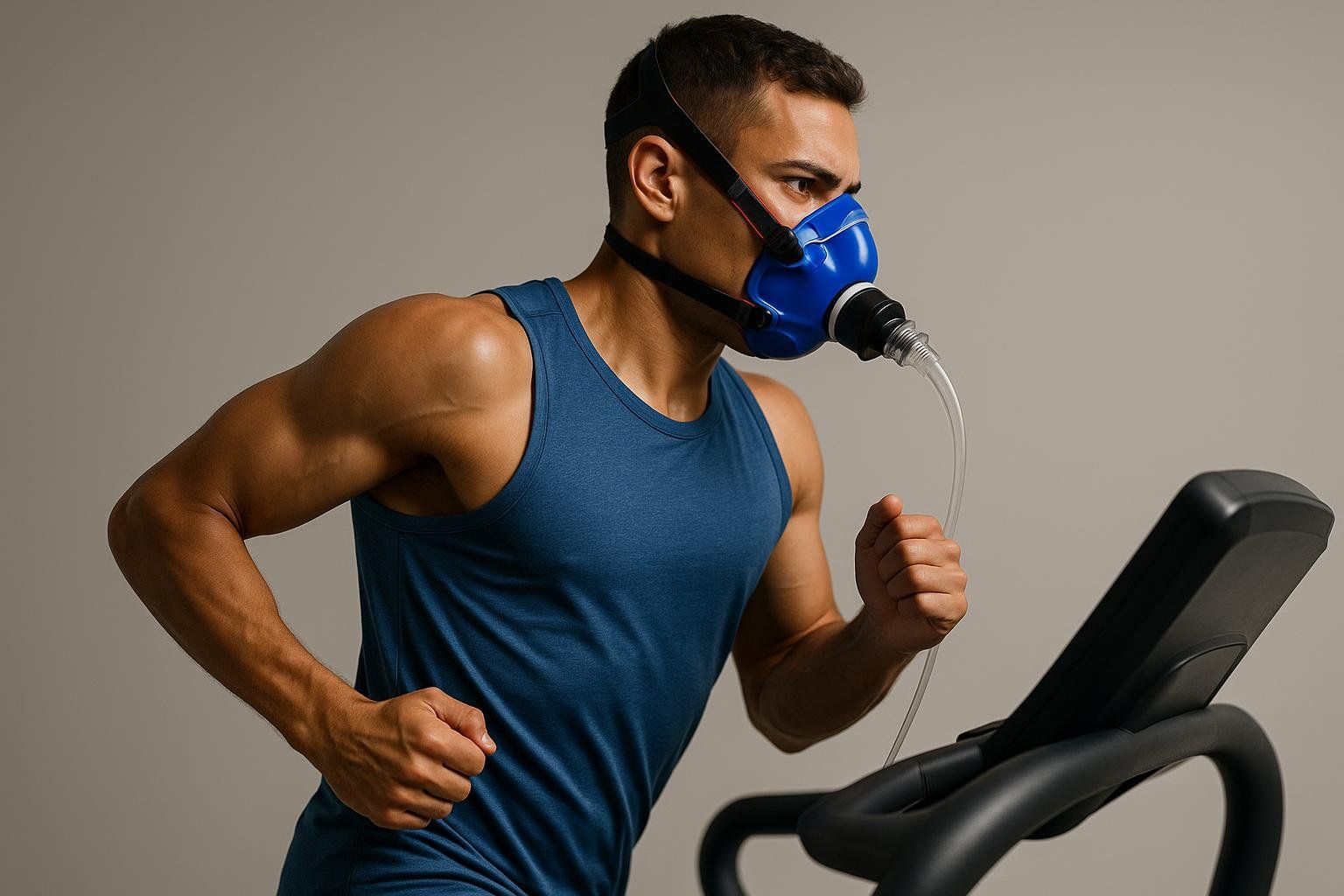
Lab testing provides additional valuable data including:
- Maximum heart rate (more accurate than age-predicted formulas)
- Ventilatory thresholds for training zone determination
- Respiratory exchange ratio to assess fuel utilization
Field Tests: Practical Alternatives
For those without lab access, several field tests can estimate VO₂ max:
Cooper 12-Minute Run Test
- Run as far as possible in 12 minutes
- Formula: VO₂ max = (Distance in meters - 504.9) ÷ 44.73
Rockport Walk Test
- Walk 1 mile as fast as possible
- Record time and immediate post-exercise heart rate
- Formula: VO₂ max = 132.853 - (0.0769 × Weight in pounds) - (0.3877 × Age) + (6.315 × Gender*) - (3.2649 × Time in minutes) - (0.1565 × Heart rate)
*Gender: Male = 1, Female = 0
Queens College Step Test
- Step up and down on a 16.25-inch platform for 3 minutes
- Men: 24 steps per minute; Women: 22 steps per minute
- Immediately after completing 3 minutes, take your pulse for 15 seconds
- Multiply by 4 to find your recovery heart rate in BPM
- Use this value in the appropriate formula below:
- Men's Formula: VO₂ max = 111.33 - (0.42 × Heart rate)
- Women's Formula: VO₂ max = 65.81 - (0.1847 × Heart rate)
Fitness Tracker Estimates: Convenient but Limited
Modern fitness trackers estimate VO₂ max using algorithms that analyze:
- Heart rate data during exercise
- GPS-derived pace and intensity
- Personal data (age, weight, gender)
- Movement patterns
Accuracy Concerns: A 2019 study on wearable device accuracy shows significant variability in tracker accuracy. This means the VO₂ max value from a consumer device could be off by 10 ml/kg/min or more when compared to a lab test.
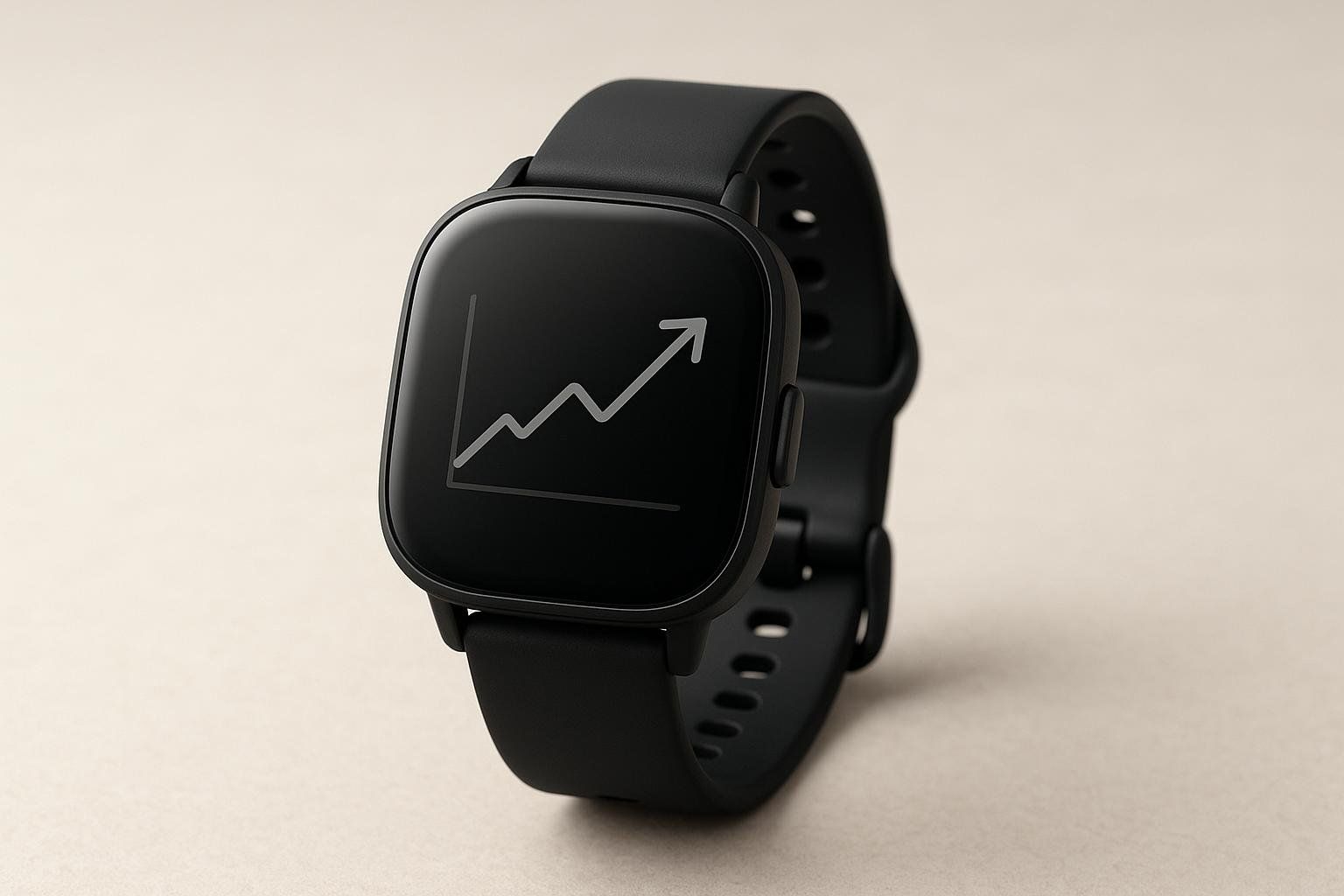
Best for Trending: While absolute values may be inaccurate, trackers can effectively show relative changes over time when used consistently.
Evidence-Based Strategies to Improve VO₂ Max
1. High-Intensity Interval Training (HIIT): A Highly Effective Method
Multiple studies confirm HIIT as one of the most effective methods for VO₂ max improvement. A landmark study in Medicine & Science in Sports & Exercise compared different training methods and found interval training superior to steady-state exercise. This same study examined multiple interval protocols and found the 4x4 protocol showed 7.2% improvement in VO₂ max over 8 weeks, while 15/15 intervals yielded 5.5% gains. The Tabata protocol has shown significant improvements in both aerobic and anaerobic energy systems when performed at appropriate intensities.
Effective HIIT Protocols:
| Protocol | Work:Rest | Intensity | Frequency |
|---|---|---|---|
| 4x4 minutes | 4 min:3 min | 90-95% HRmax | 2-3x/week |
| 15/15 seconds | 15 sec:15 sec | 90-95% HRmax | 2-3x/week |
| Tabata | 20 sec:10 sec | All-out effort | 2x/week |
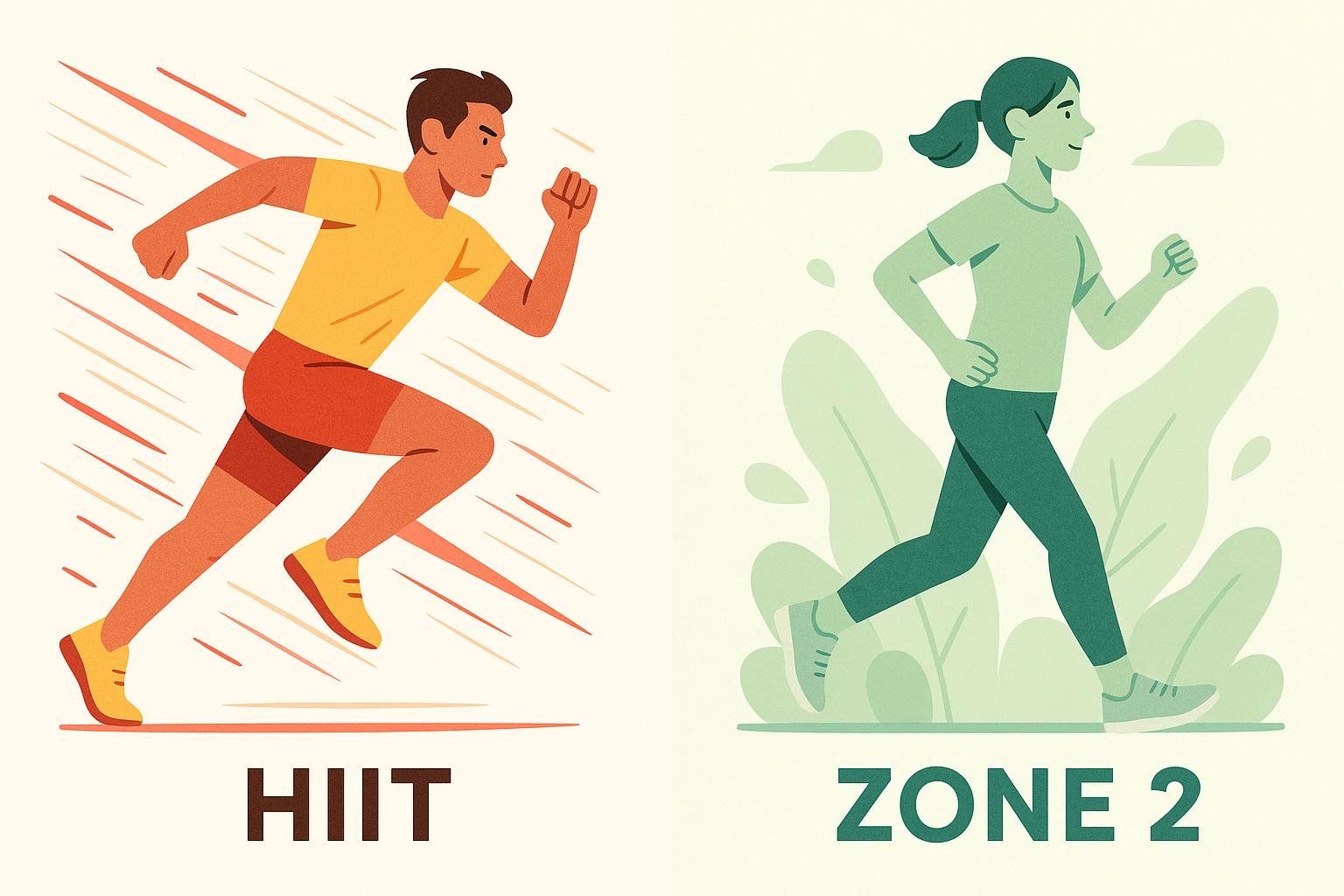
2. Zone 2 Endurance Training: Building the Base
Zone 2 training (60-70% HRmax) improves the aerobic base by:
- Increasing mitochondrial density
- Enhancing fat oxidation capacity
- Improving capillary density
- Strengthening cardiac output at submaximal intensities
Recommendation: 60-120 minutes weekly of comfortable, conversational pace exercise.
3. Threshold Training: Expanding Sustainable Power
Training at or near your anaerobic threshold (85-90% HRmax) improves your ability to sustain higher intensities without fatigue.
Sample Workout: 4x8 minutes at threshold pace with 2-minute recovery
4. Strength Training: The Often-Overlooked Component
Research shows that strength training contributes to VO₂ max improvements by:
- Enhancing muscle oxidative capacity
- Improving movement economy
- Increasing lean muscle mass
A systematic review and meta-analysis on resistance training in older adults found that resistance training can improve VO₂ max and cardiorespiratory fitness, particularly in older adults within 24-week timeframes, with benefits comparable to aerobic training approaches.
Recommendation: 2-3 strength training sessions weekly focusing on compound movements.
Factors That Influence VO₂ Max
Age: The Inevitable Decline
VO₂ max naturally declines with age due to:
- Decreased maximum heart rate (~1 beat per year after age 30)
- Reduced cardiac stroke volume
- Decreased muscle mass and mitochondrial density
- Lower physical activity levels
The Good News: Regular training can slow this decline significantly. While sedentary adults lose ~10% per decade, active individuals may lose only 5-6%.
Gender Differences
Women typically have VO₂ max values 15-25% lower than men due to:
- Smaller heart size and stroke volume
- Lower hemoglobin concentration
- Higher essential body fat percentage
- Generally smaller muscle mass
These are population averages—many trained women exceed sedentary men's values.
Genetic Factors
The HERITAGE Family Study found that genetics account for approximately 47-51% of VO₂ max variation at baseline, with heritability of training response also showing significant genetic influence at 47%. However, this means approximately 50% remains modifiable through training and lifestyle factors.
Key Insight: While your genetic ceiling may be fixed, most people train far below their potential maximum.
Body Composition Impact
Since VO₂ max is expressed per kilogram of body weight, body composition significantly affects the metric:
Weight Loss: Reducing excess fat mass directly improves VO₂ max without changing absolute oxygen uptake
Muscle Gain: Adding lean muscle can increase absolute oxygen consumption while potentially lowering relative VO₂ max initially, if the weight gain from muscle outpaces the improvement in absolute oxygen uptake
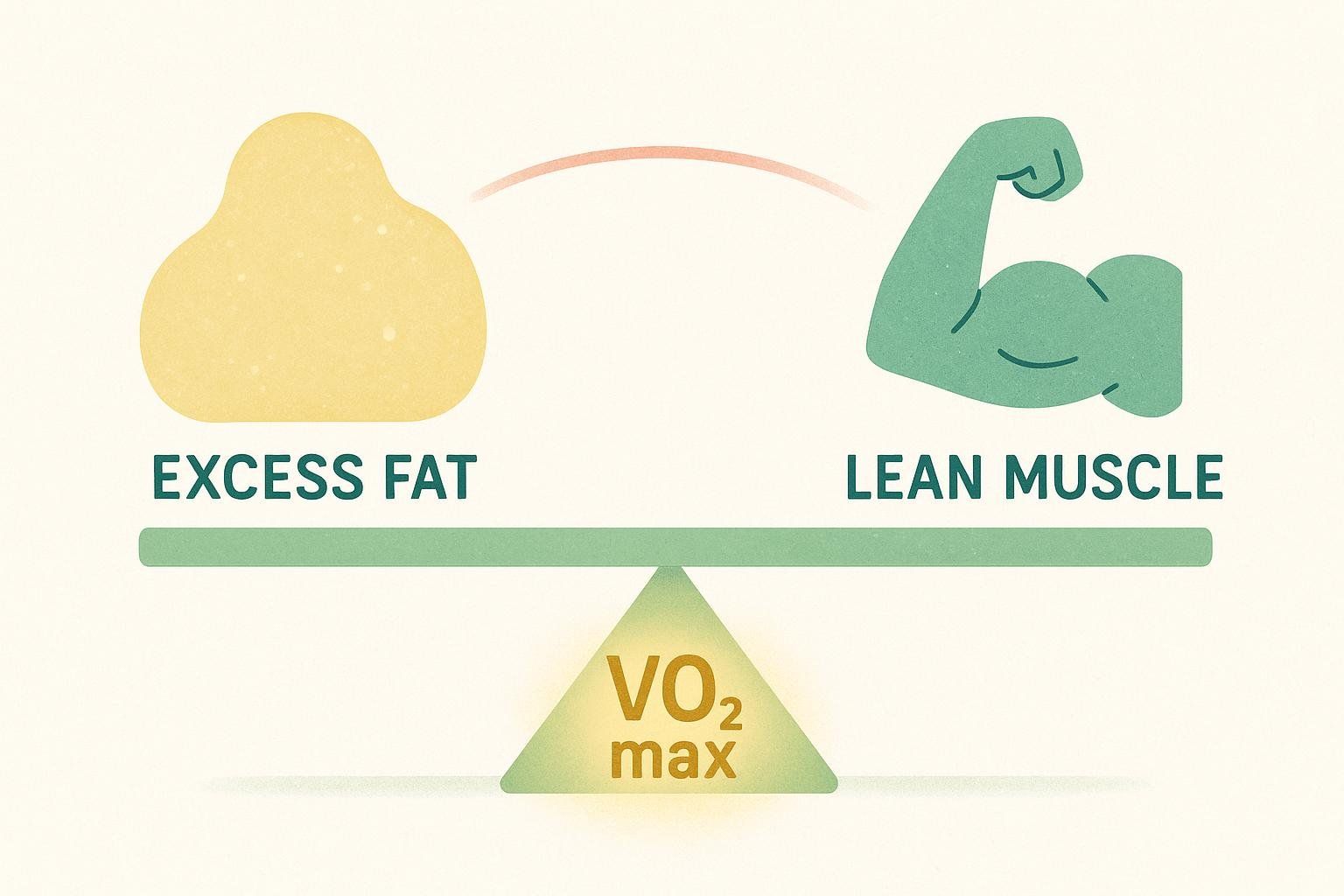
A DEXA scan provides precise body composition data to understand how fat loss and muscle gain strategies might affect your VO₂ max trajectory.
Environmental Factors
Altitude: Training at elevation stimulates adaptations that can improve VO₂ max:
- Increased red blood cell production
- Enhanced oxygen-carrying capacity
- Improved mitochondrial efficiency
Temperature: Heat stress training can improve cardiovascular efficiency through increased plasma volume and cardiac output.
Training Periodization for VO₂ Max Development
Beginner Program (0-6 months regular exercise)
Weeks 1-4: Building Base
- 3-4 days moderate aerobic exercise (20-30 minutes)
- 1-2 days strength training
- Focus: movement patterns and consistency
Weeks 5-8: Adding Intensity
- Maintain base volume
- Add 1 day easy intervals (30 seconds hard: 90 seconds easy)
- Expected gains for new trainees
Intermediate Program (6+ months experience)
Phase 1: Base Building (4 weeks)
- 4-5 days aerobic exercise, with weekly time split as follows:
- ~60% in Zone 2
- ~20% at Tempo pace
- ~20% as Easy/Recovery
Phase 2: VO₂ Max Development (4 weeks)
- Maintain volume
- 2 VO₂ max sessions weekly (4x4 minutes or 8x2 minutes)
- Notable improvements for consistent trainees
Phase 3: Integration (4 weeks)
- Mixed intensity training
- Race or test preparation
Advanced Athletes
For those with extensive training backgrounds, focus shifts to specialized training approaches:
- Improving anaerobic power to sustain efforts significantly above your VO₂ max pace (through repeated high-intensity efforts of 30 seconds to 3 minutes)
- Efficiency improvements—enhancing running or cycling economy to use less oxygen at the same speed (through technique work and neuromuscular training)
- Sport-specific adaptations—training movements and energy systems specific to competition demands
- Recovery optimization—prioritizing sleep, nutrition, and stress management as training intensity increases
Note: The following is a sample schedule for illustrative purposes and should be adapted by a qualified coach based on individual needs.
Sample Advanced Weekly Schedule:
- Monday: VO₂ max intervals (6x4 minutes @ 95% HRmax, 90s recovery)
- Tuesday: Zone 2 base training (60-90 minutes)
- Wednesday: Anaerobic power (8x30 seconds all-out, 4:30 recovery)
- Thursday: Active recovery or strength training
- Friday: Threshold work (3x12 minutes @ 87% HRmax, 3-minute recovery)
- Saturday: Long Zone 2 session (2-3 hours) or race simulation
- Sunday: Complete rest or easy recovery movement
High-level athletes may see smaller absolute gains (2-5%) but can maintain higher levels longer with consistent training.
Common Mistakes and How to Avoid Them
1. Testing Too Frequently
Mistake: Checking VO₂ max weekly on fitness trackers
Reality: Meaningful changes take 4-8 weeks minimum
Solution: Test monthly at most, focus on training consistency
2. Ignoring the Basics
Mistake: Jumping into advanced protocols without base fitness
Reality: Beginners see fastest gains with moderate, consistent exercise
Solution: Build aerobic base before adding high-intensity work
3. All or Nothing Approach
Mistake: Only doing high-intensity training
Reality: A polarized training model (80% low-intensity, 20% high-intensity) is proven to be more sustainable, yielding better long-term results while reducing injury risk
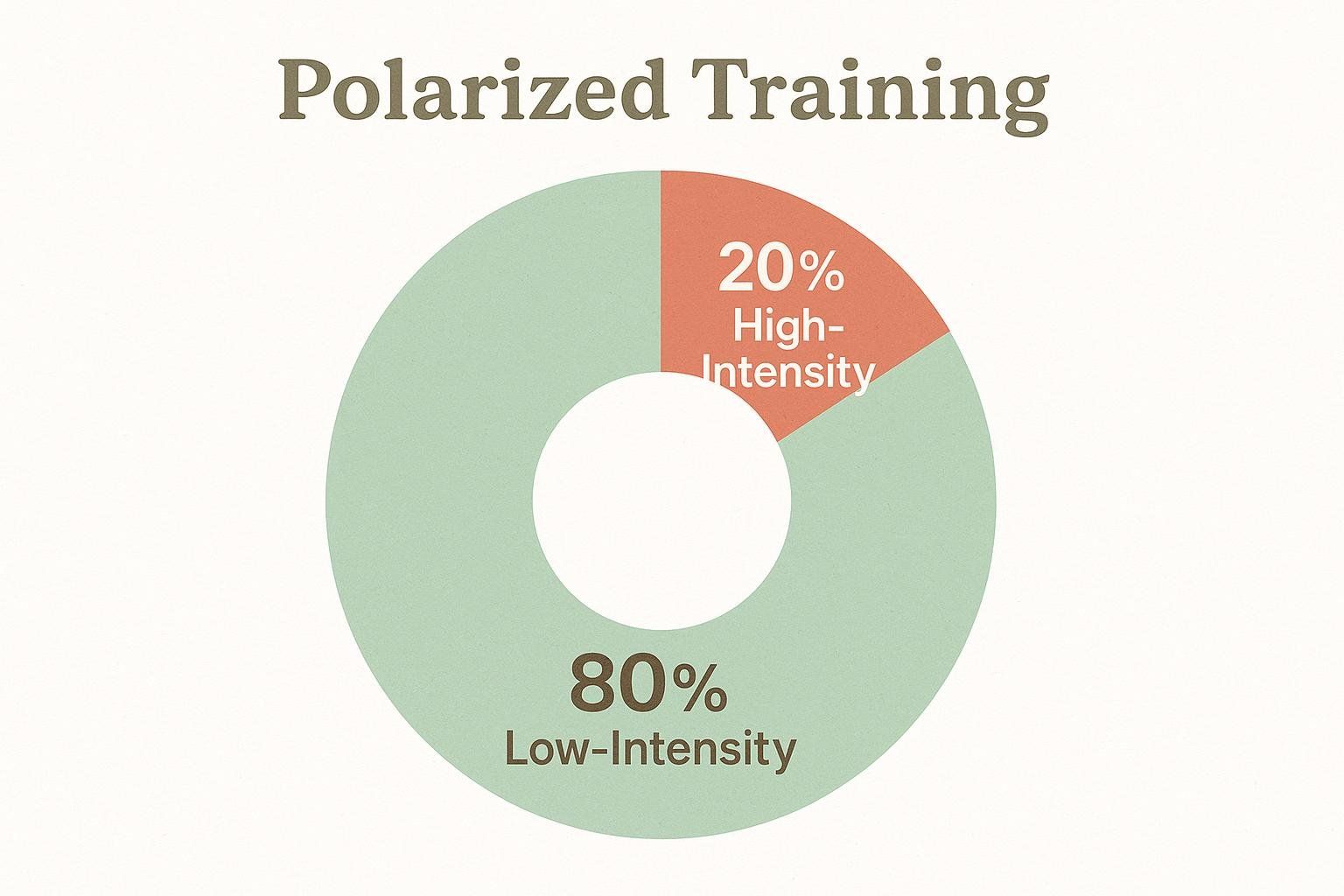
Solution: Blend intensities for optimal adaptation and sustainable progress
4. Neglecting Recovery
Mistake: Training hard every day
Reality: Adaptations occur during rest
Solution: Include easy days and proper sleep (7-9 hours nightly)
5. Comparing Absolute Numbers
Mistake: Feeling discouraged by elite athlete comparisons
Reality: Genetics play a large role in absolute values
Solution: Focus on personal progress and percentile rankings
VO₂ Max vs. Other Health Metrics
VO₂ Max vs. BMI
While BMI has limitations in assessing health, VO₂ max provides functional insight into cardiovascular fitness. Research shows VO₂ max better predicts mortality risk than BMI alone.
Complementary Approach: Body composition analysis via DEXA combined with VO₂ max gives the most complete health picture.
VO₂ Max vs. Resting Heart Rate
Both are cardiovascular fitness indicators but measure different aspects:
- Resting Heart Rate: Reflects cardiac efficiency at rest
- VO₂ Max: Shows maximum cardiovascular capacity
Training Impact: Both improve with aerobic training, but VO₂ max responds more to high-intensity work.
VO₂ Max vs. Blood Pressure
High VO₂ max is associated with healthier blood pressure, but the relationship isn't direct. Some athletes may have high VO₂ max but elevated blood pressure due to other factors.
The Future: VO₂ Max in Healthcare
Clinical Applications
The American Heart Association now recommends incorporating VO₂ max into clinical evaluations as a vital sign. Healthcare providers increasingly use it to:
- Assess cardiovascular disease risk
- Guide exercise prescriptions
- Monitor treatment effectiveness
- Predict surgical outcomes
Technology Advances
Emerging technologies promise more accessible VO₂ max assessment:
- Smartphone apps using camera-based heart rate measurement
- Wearable technology with improved accuracy
- AI-powered algorithms for better estimation
Personalized Medicine
Future applications may include:
- Genetic testing to optimize training protocols
- Biomarker integration for comprehensive health assessment
- Polygenic risk scores combined with fitness data
Practical Action Plan: Your 90-Day VO₂ Max Improvement Program
Phase 1: Assessment and Foundation (Days 1-30)
Week 1:
- Get baseline VO₂ max measurement (lab test or reliable field test)
- Schedule a DEXA scan to understand body composition
- Perform 3-4 days of moderate aerobic exercise for 20-30 minutes per session
Weeks 2-4:
- Build to 150+ minutes moderate exercise weekly
- Add 1 strength training session weekly
- Focus on consistency over intensity
Phase 2: Intensity Development (Days 31-60)
Week 5-6:
- Introduce 1 interval session weekly
- Start with 4x1 minute @ 85% effort with 2-minute recovery
- Maintain base exercise volume
Week 7-8:
- Progress to 4x2 minutes @ 90% effort
- Add second strength training session
- One long, easy aerobic session weekly
Phase 3: Integration and Testing (Days 61-90)
Week 9-11:
- Implement full VO₂ max protocol (4x4 minutes @ 90-95% HRmax)
- Maintain strength training
- Include one recovery week (Week 10 - reduce volume by 40%)
Week 12:
- Retest VO₂ max
- Compare with baseline measurements
- Plan next training phase based on results
Nutrition and Recovery Optimization
Fueling Strategies:
- Consume 15-30g protein within 2 hours post-workout
- Maintain adequate carbohydrate intake for high-intensity sessions
- Stay hydrated before, during, and after exercise
Recovery Priorities:
- 7-9 hours sleep nightly
- 1-2 complete rest days weekly
- Active recovery (walking, light stretching) on easy days
Special Considerations
VO₂ Max During Pregnancy
Pregnancy affects VO₂ max testing safety and interpretation:
- Maximal testing generally not recommended
- Submaximal protocols can estimate fitness safely
- Values naturally decline during pregnancy
- Postpartum return depends on activity maintenance
Age-Related Modifications
Older Adults (65+):
- Start with longer base-building phases
- Emphasize progressive overload
- Include balance and flexibility training
- Consider joint-friendly exercises (swimming, cycling)
Youth Athletes:
- Focus on movement skills and fun
- Avoid excessive high-intensity training
- Emphasize variety in activities
- Natural improvements occur with growth
Medical Conditions
Always consult healthcare providers before beginning intense VO₂ max training if you have:
- Cardiovascular disease
- Diabetes
- Respiratory conditions
- Joint problems
- History of exercise-induced symptoms
Frequently Asked Questions
Q: How quickly can I improve my VO₂ max?
A: Beginners may see significant improvements within 8-12 weeks with consistent training. Trained individuals typically see more modest but meaningful gains with targeted protocols. Changes become measurable after 4-6 weeks of consistent training.
Q: Is a higher VO₂ max always better?
A: For health and longevity, yes. For sport performance, it depends on the demands of your activity. Sports requiring sustained aerobic power benefit most from high VO₂ max.
Q: Can I improve VO₂ max after age 50?
A: Absolutely. While the rate of improvement may be slower, research shows significant gains are possible at any age with proper training.
Q: How accurate are fitness tracker VO₂ max estimates?
A: Accuracy varies widely. Expect potential errors of ±10 ml/kg/min from any consumer device. Use for trending rather than absolute values.
Q: Should I focus on raising my VO₂ max or lowering my body fat percentage first?
A: Both strategies improve the metric. However, getting a body composition analysis can help you understand whether fat loss or muscle gain strategies will have the biggest impact on your VO₂ max.
Conclusion: Your VO₂ Max Journey
VO₂ max stands as one of the most powerful predictors of both health and longevity available to us. Unlike genetic factors we can't change, VO₂ max responds remarkably well to targeted training interventions.
The difference between having poor versus excellent cardiovascular fitness can mean adding years to your life and life to your years. Whether you're starting from a sedentary lifestyle or looking to optimize athletic performance, the path forward is remarkably straightforward: consistent training, progressive challenge, and patience with the process.
Your VO₂ max journey doesn't require expensive equipment or elite athlete protocols. It starts with a single step, a decision to move more consistently, and the understanding that every improvement—no matter how small—contributes to a longer, healthier life. The evidence is clear: improving your VO₂ max is one of the most impactful investments you can make in your future health and vitality.
